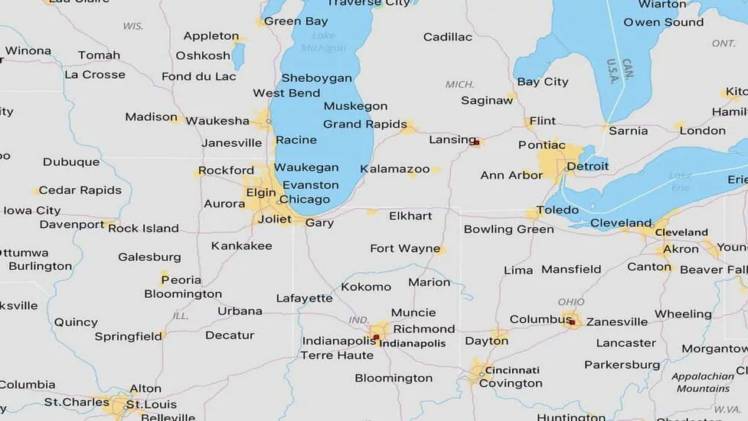
The layout and size of a map depend on the purpose and audience. Designing a map requires careful planning. The process involves rough layouts, sketches, and alternate options. These steps define the final design. Some maps use aerial photographs as the basis for their creation, while others use existing maps with edits and additions to suit the specific purpose. Regardless of the method chosen, these steps will help you produce a high-quality map. Here are some important things to consider when designing a map:
Please visit for more information: Movierulz Page
Physical maps. They include labels for the features. They also show the shape of the earth or ocean floor and distances between different places. They are also useful for visual impairments. Because they are not objective representations of reality, they reflect the perspective and bias of the person who created them. As a result, a map should arouse critical thought. Ask yourself: What is it showing? Is it misleading? How is the information presented? How was it manipulated to present the information? more entertain from Jio rockers tamil
A map is a piece of art. Maps can be hand-drawn or digitally produced. An individual may create a map by scanning an old map and digitizing it. The map could be a compilation of elements from an existing dataset. Once the map is made, different styles are applied. Laser proofs are produced before the map is printed. If any errors are found, they are corrected in the new proofs. Various agencies also use maps to communicate information.